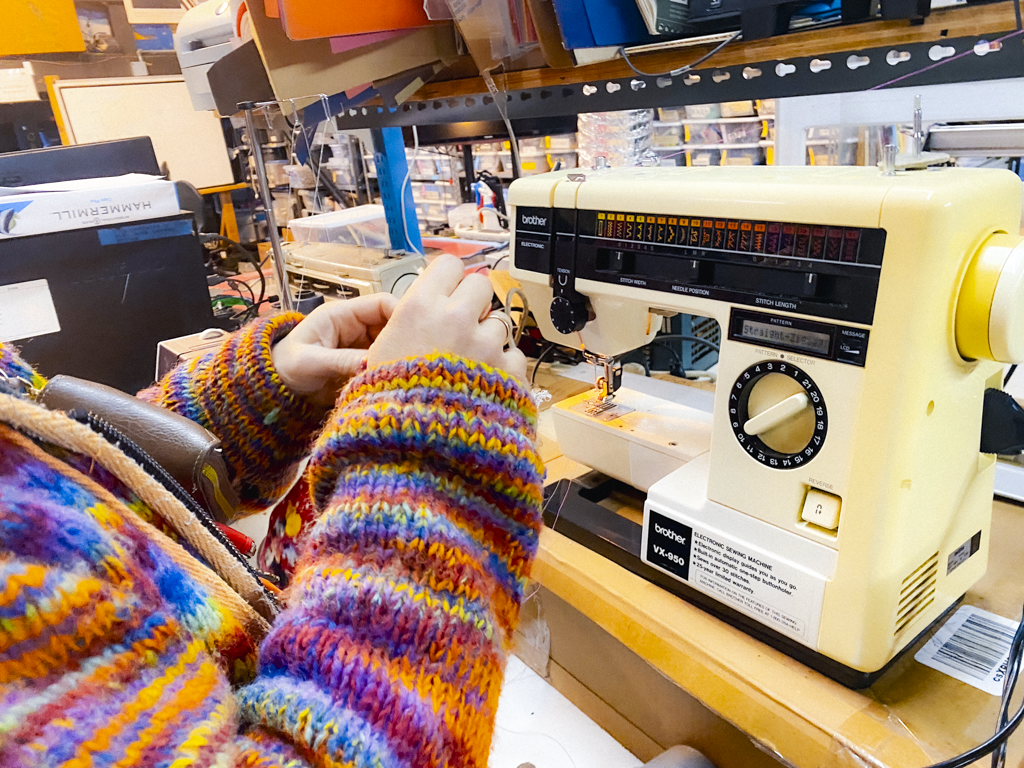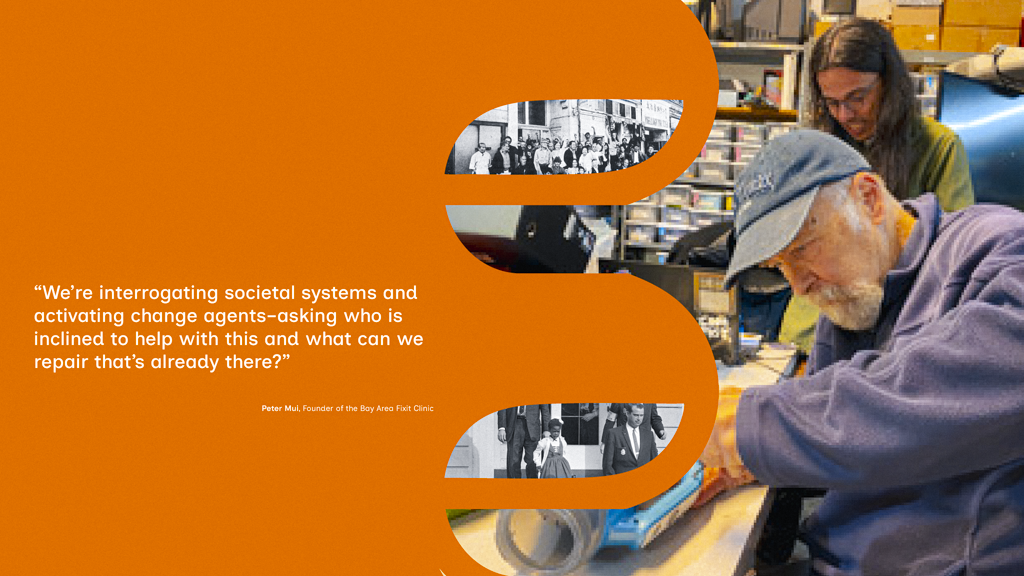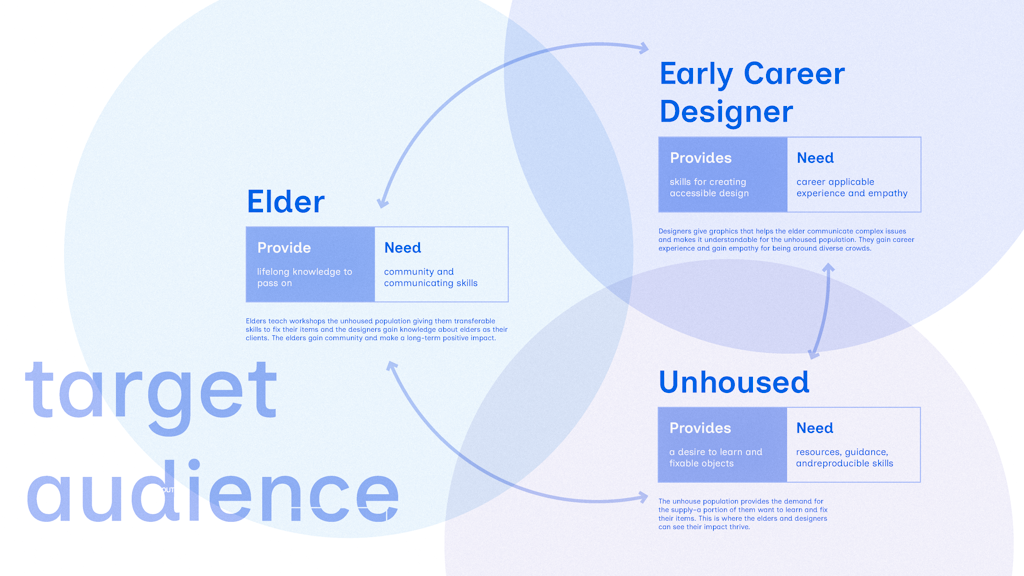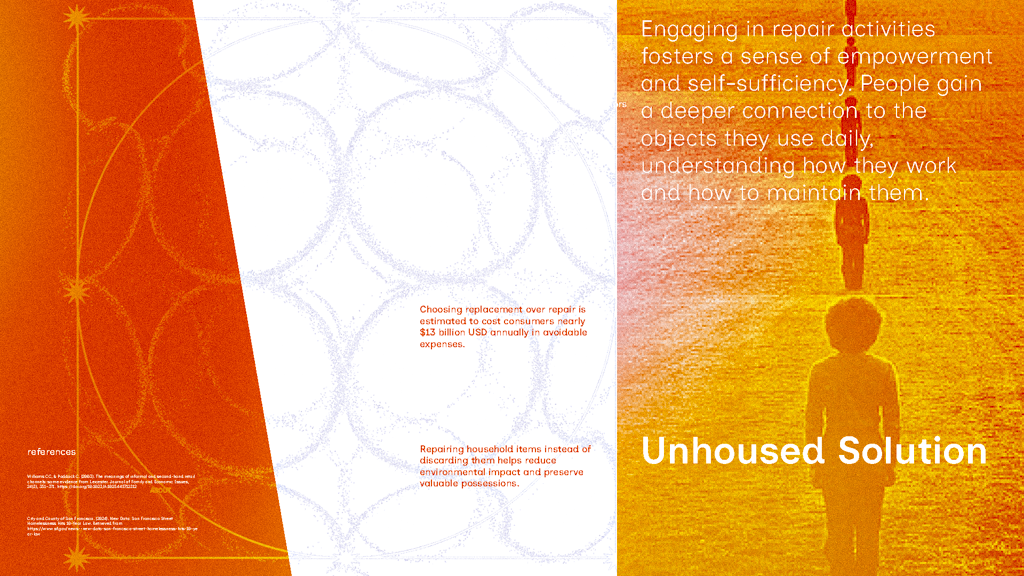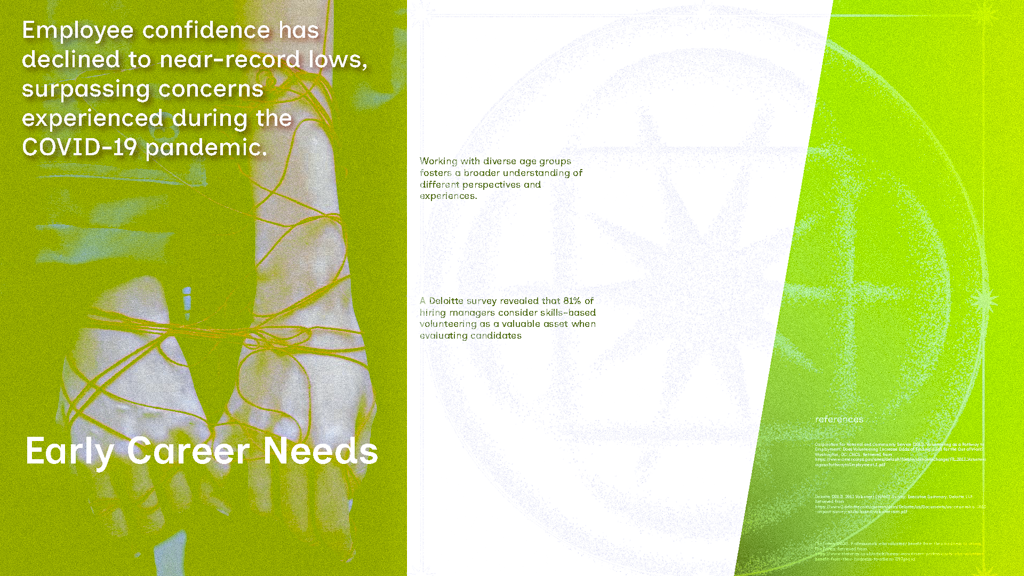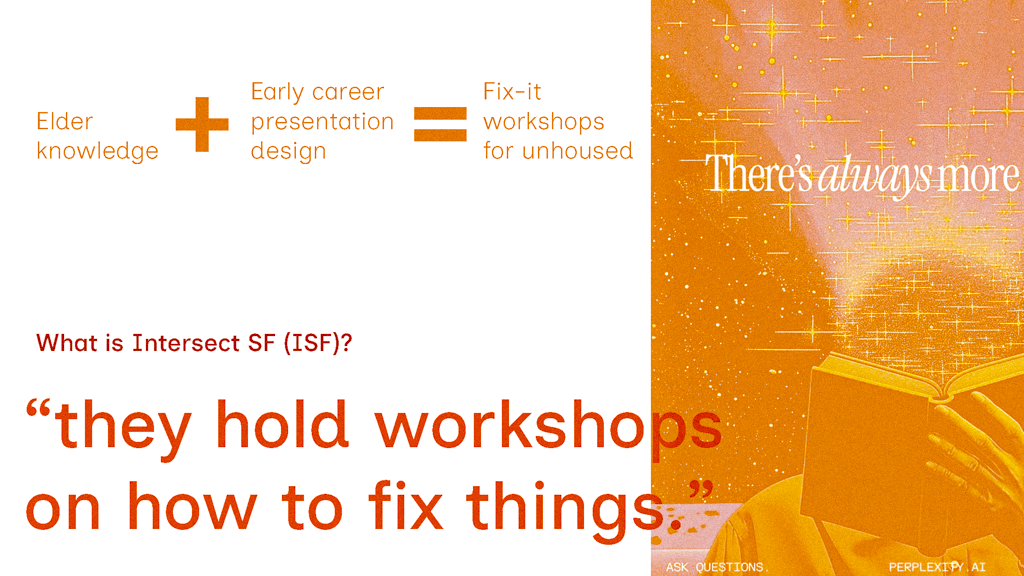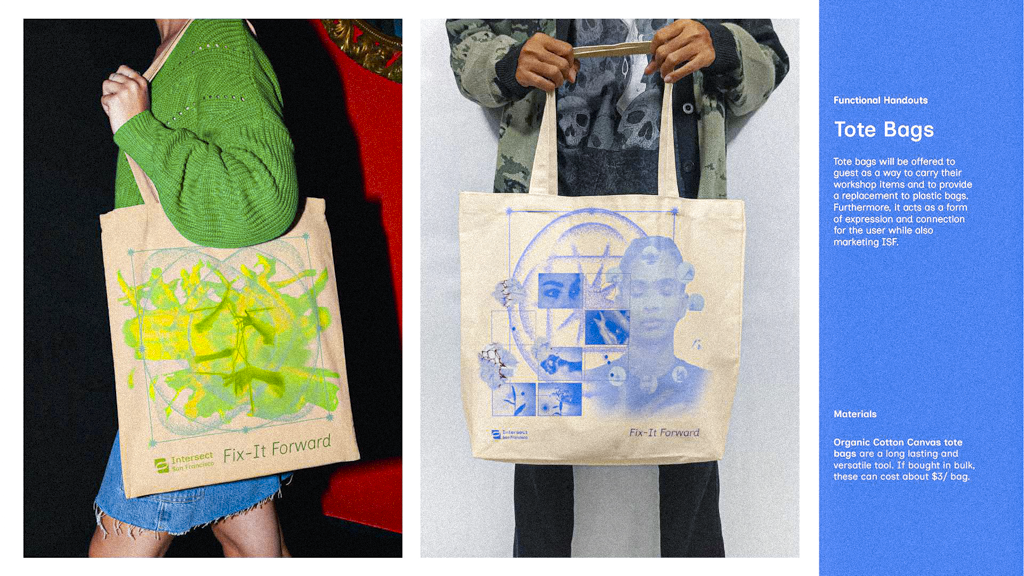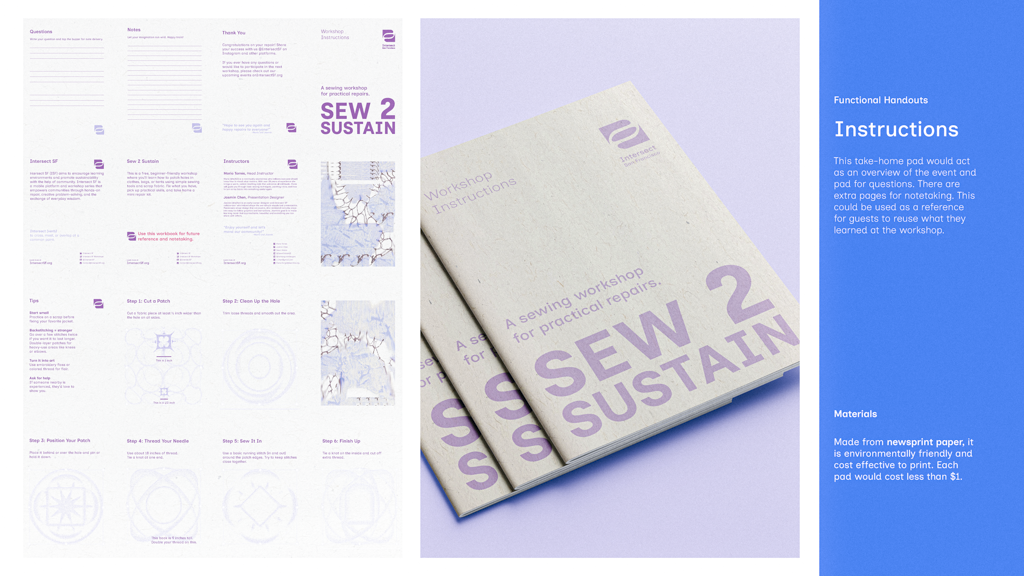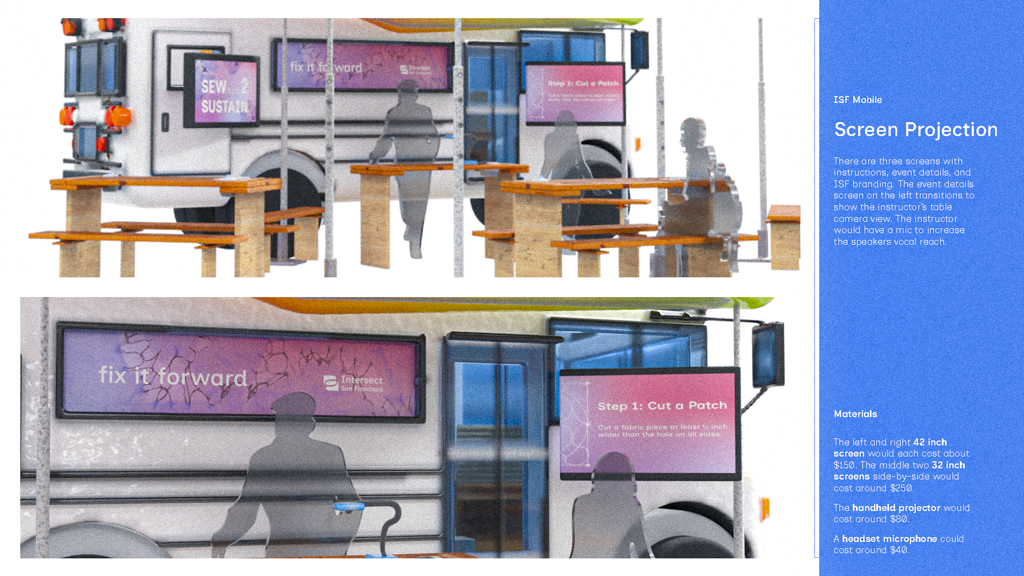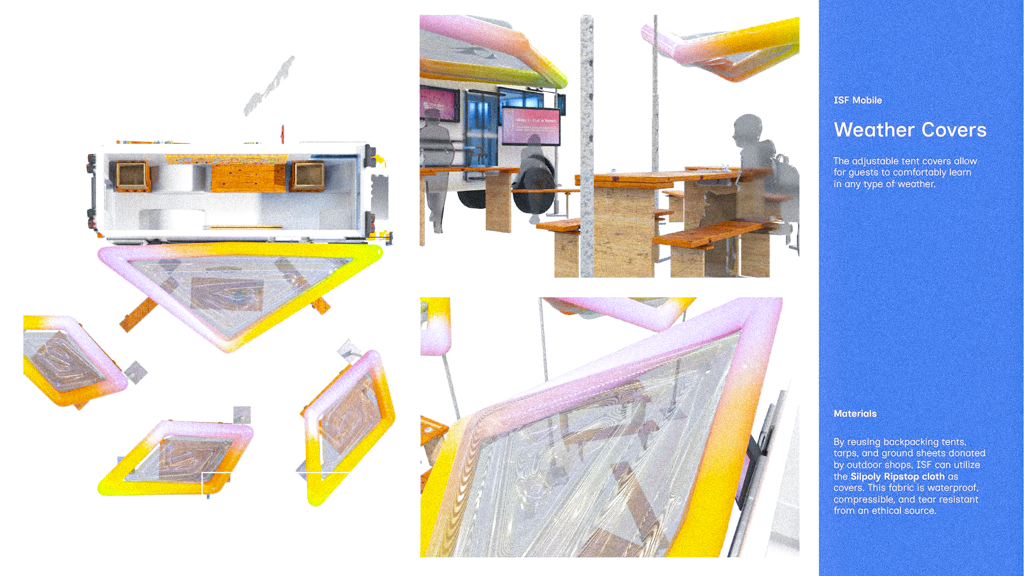Intersect SF Nonprofit
About
Intersect SF (ISF) is a mobile community initiative designed to connect people with repair workshops, practical skills, and access to local resources. By bringing Fix-It Clinics operating with easy-to-source materials, ISF supports skill growth for underserved communities and provides the tools needed to thrive.
Mission
The mission of ISF was to create a service that not only supported individuals with broken items, but also taught them how to repair items themselves. My target audiences of seniors, homeless individuals, and students each required different approaches, yet together they represented the groups most able to benefit from repair workshops and resource access. The point was to show how repairing, sharing, and learning could become pathways toward empowerment, while also fostering community connection. The marketing was welcoming to visitors but also inspired donors to see the long-term value in sustaining such efforts. Within marketing, there was a balance of providing accessible, practical help to those in need while communicating a compelling vision to create a movement.
IndustrialBook DesignBrandingPublic ResourcesEnvironmental Signage-
Goal Setting
Intersect SF was founded on the belief that communities already hold the tools they need to thrive—they simply need ways to connect and activate them. The project aimed to build a mobile Fix-It Clinic that promotes sustainability, empowerment, and intergenerational collaboration. The primary objective was to transform how individuals access support, practical knowledge, and each other through design-led, hands-on experiences.

-
Research
Extensive research highlighted overlapping community needs, especially among unhoused individuals, seniors, and early-career designers. Data collection included interviews, demographic analysis, and field observation, revealing a desire for skill-sharing, opportunities for contribution, and greater connection to resources. Benchmark comparisons with existing repair programs informed scalable, people-centered solutions.
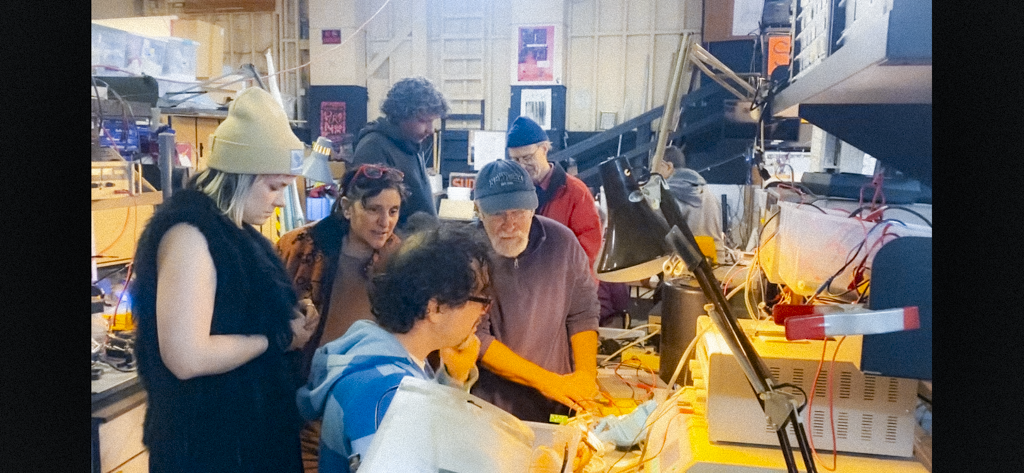
-
Analysis
Insights from research revealed systemic disconnections across age, class, and access. Many existing services lacked communication clarity or cultural resonance. A unique opportunity emerged to bring diverse groups together through practical workshops that honored lived experience and encouraged mutual aid. Repairing objects became a metaphor—and mechanism—for repairing community bonds.

-
Strategy & Planning
Planning focused on creating an adaptable mobile platform that could meet people where they are. The visual identity balanced approachability with purpose, and the system design prioritized accessibility, sustainability, and clarity. Each workshop, physical prototype, and communication touchpoint was mapped out to ensure flexibility, scalability, and long-term impact across neighborhoods.
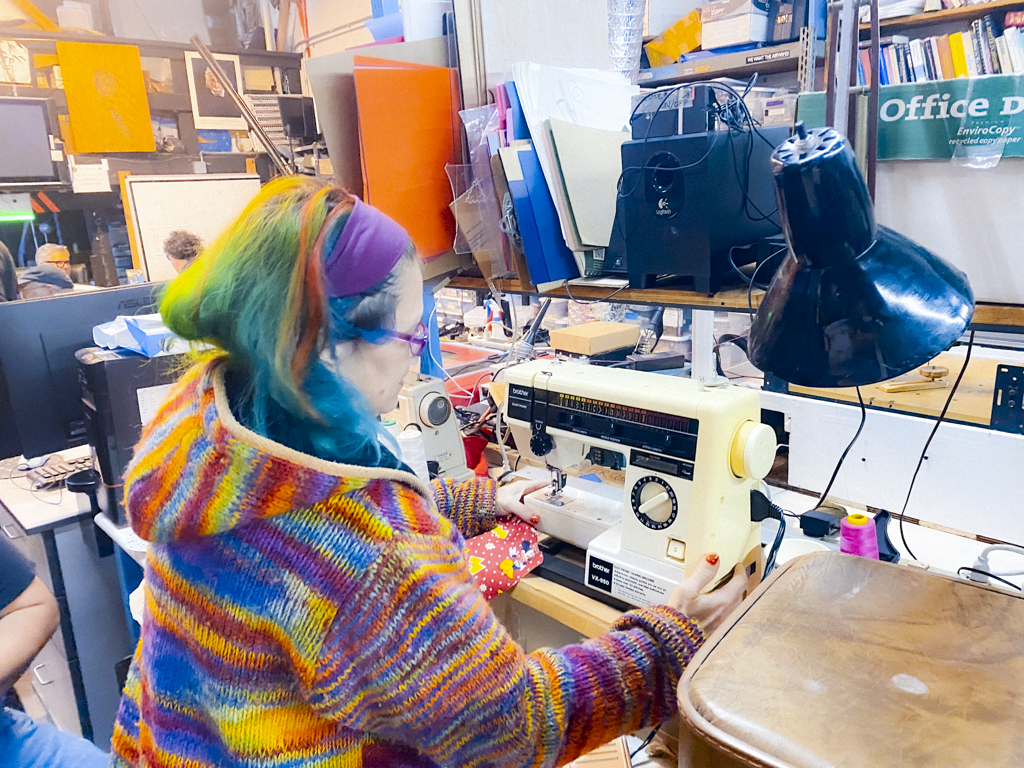




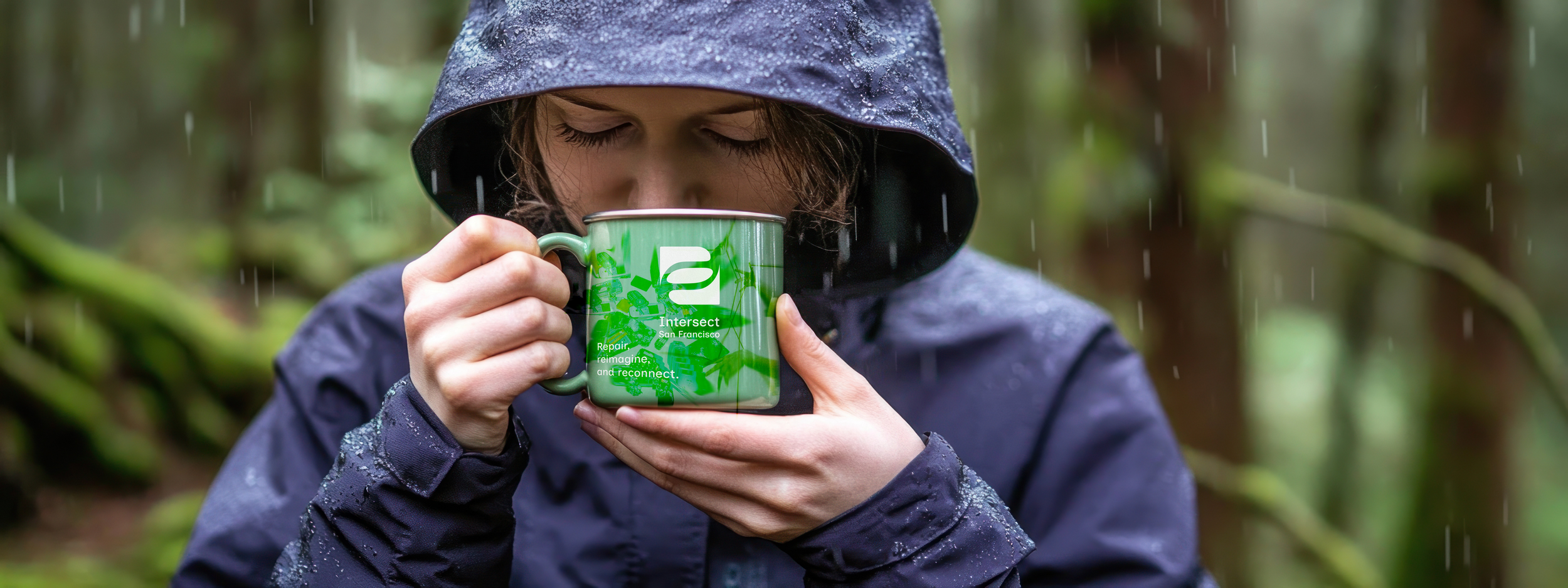





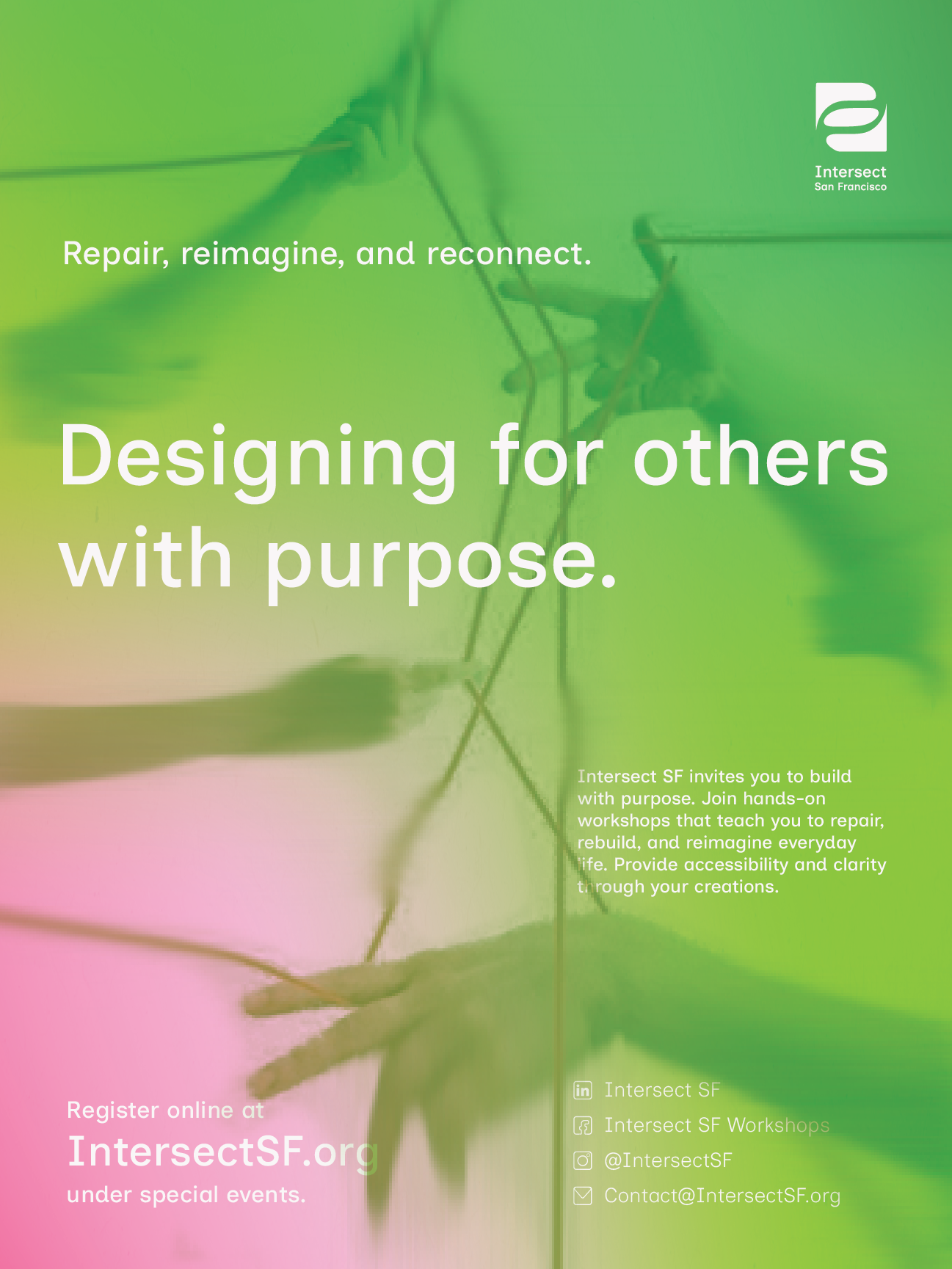



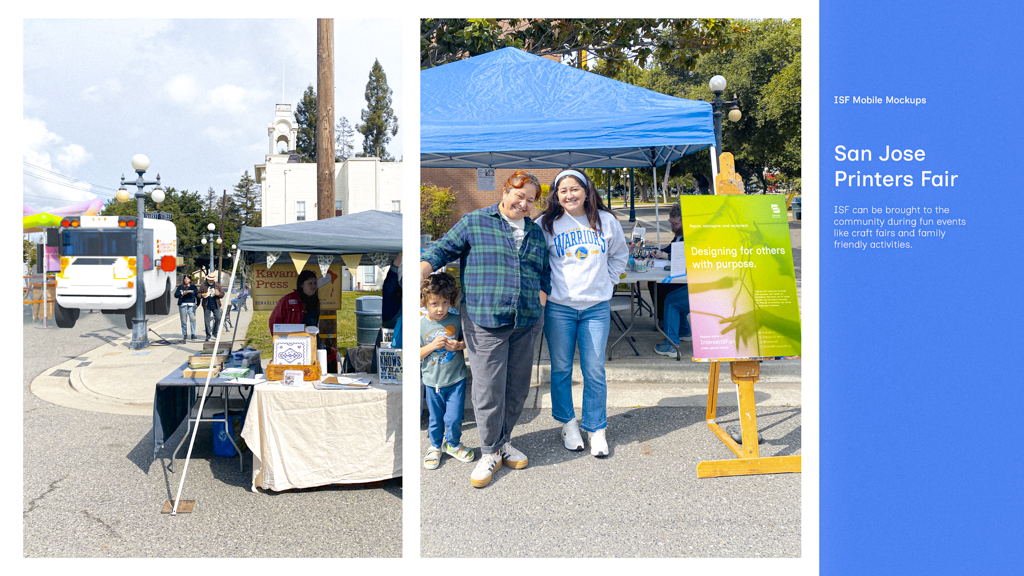
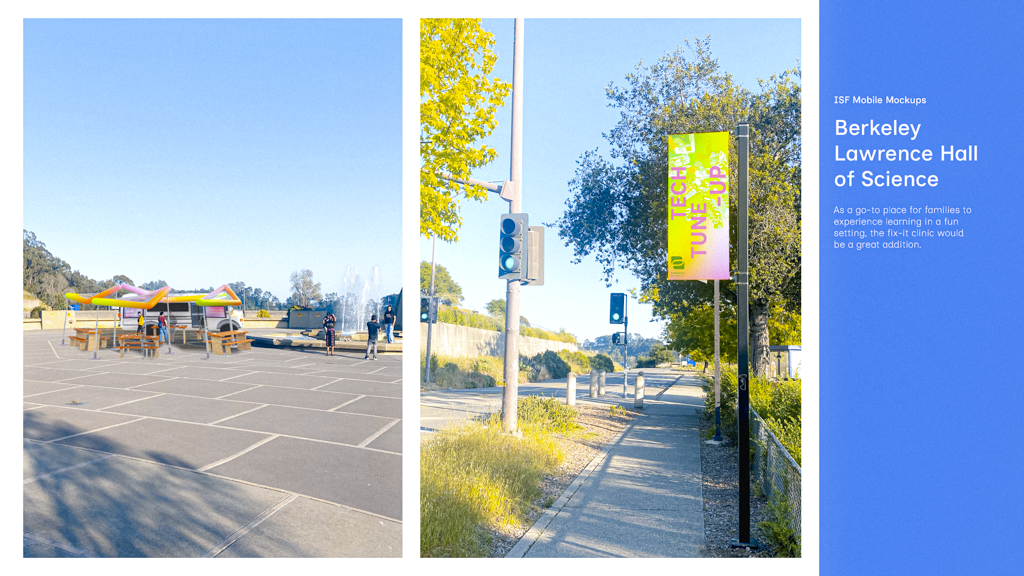
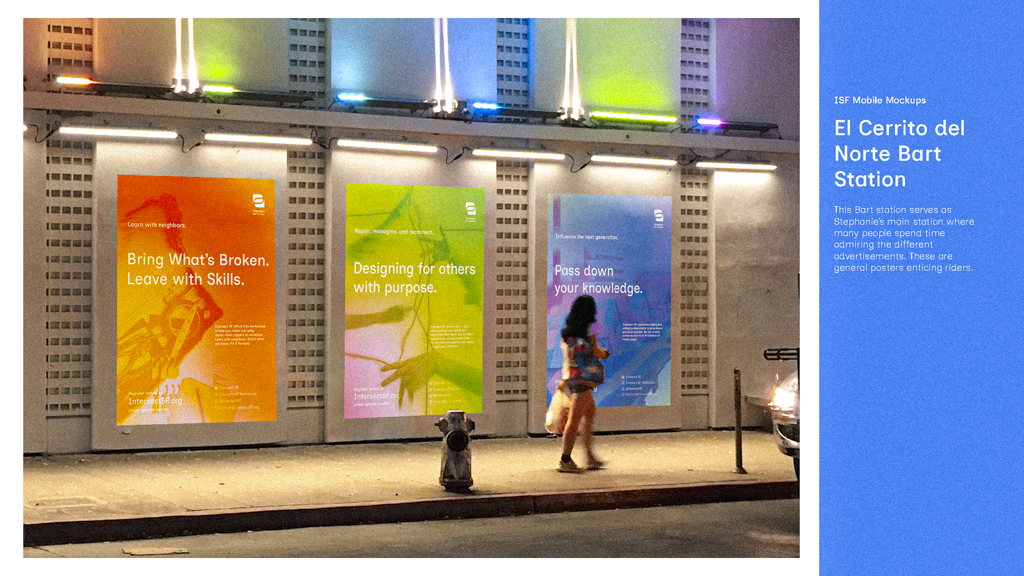
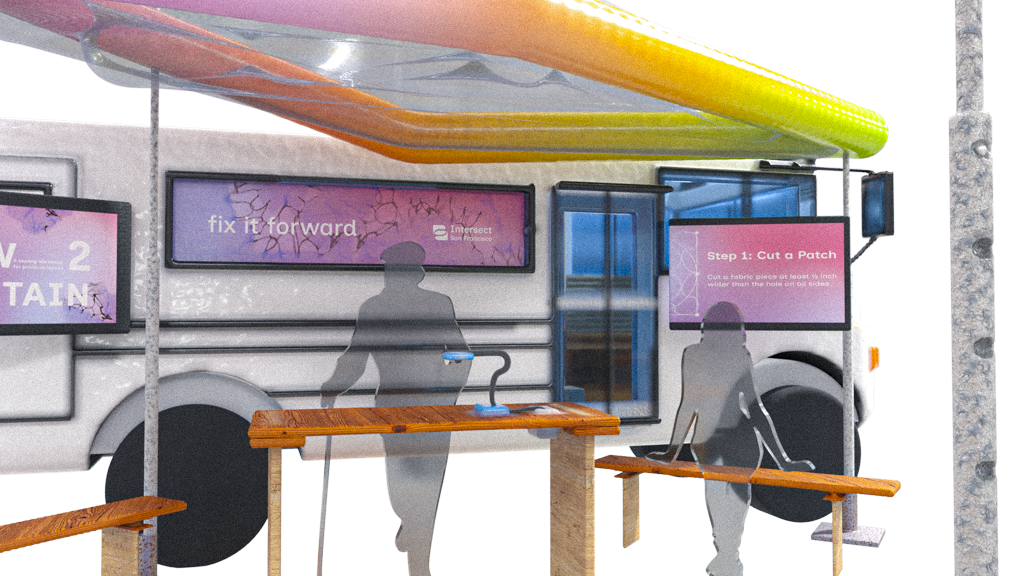
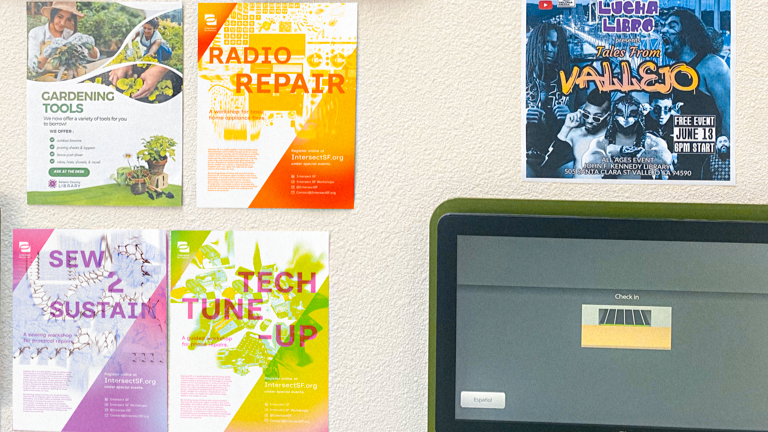
-
Execution & Post-Launch
Execution included building a full mobile unit with modular furniture, projection systems, sustainable materials, and inclusive design features such as braille and translation signage. Workshops like “Sew 2 Sustain” offered tangible skills through beginner-friendly instruction. Supplementary resources, both print and digital, were created to extend learning beyond the moment and foster continued engagement.
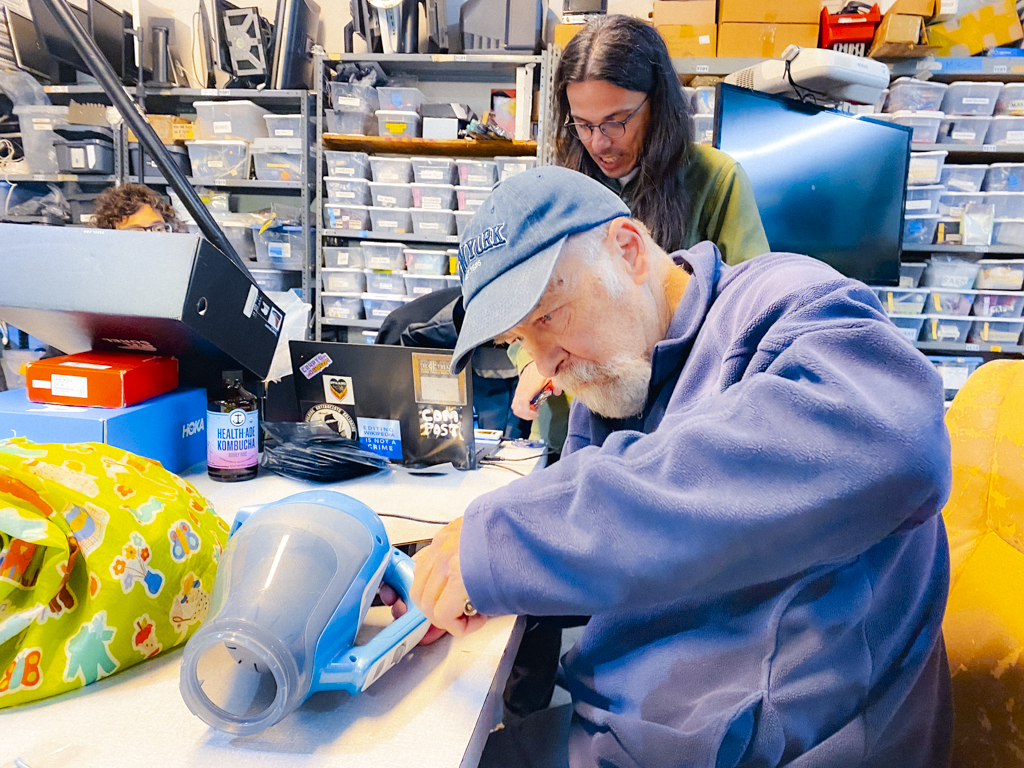
-
Desired Changes
Future development includes expanding the mobile unit’s reach, refining the digital interface, and implementing more inclusive and localized resources. User testing will inform ongoing design revisions. The vision continues to center community wisdom, reduce waste, and promote long-term self-reliance—building a culture where repair becomes a daily practice of care and resilience.
